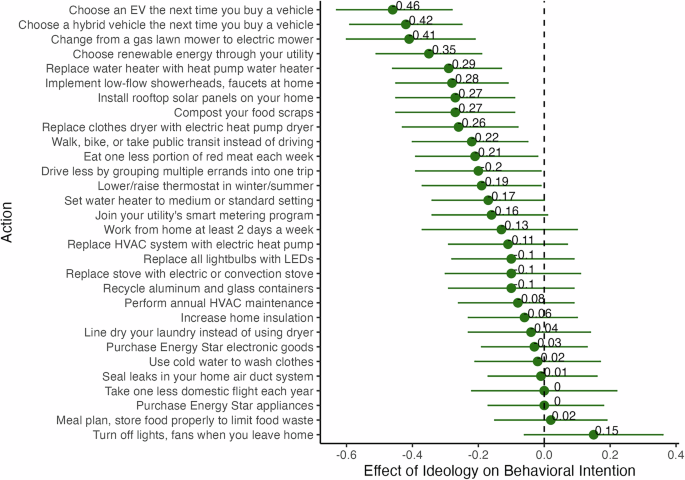
Study demonstrates integration of 1,024 silicon quantum dots with on-chip electronics all operating at low temperatures
This article has been reviewed according to Science X's editorial process and policies. Editors have highlighted the following attributes while ensuring the content's credibility:
Quantum computers have the potential of outperforming classical computers on some optimization tasks. Yet scaling up quantum computers leveraging existing fabrication processes while also maintaining good performances and energy-efficiencies has so far proved challenging, which in turn limits their widespread adoption.
Researchers at Quantum Motion in London recently demonstrated the integration of 1,024 independent silicon quantum dots with on-chip digital and analog electronics, to produce a quantum computing system that can operate at extremely low temperatures. This system, outlined in a paper published in Nature Electronics, links properties of devices at cryogenic temperatures with those observed at room temperature, opening new possibilities for the development of silicon qubit-based technologies.
"As quantum processors grow in complexity, new challenges arise such as the management of device variability and the interface with supporting electronics," Edward J. Thomas, Virginia N. Ciriano-Tejel and their colleagues wrote in their paper.











